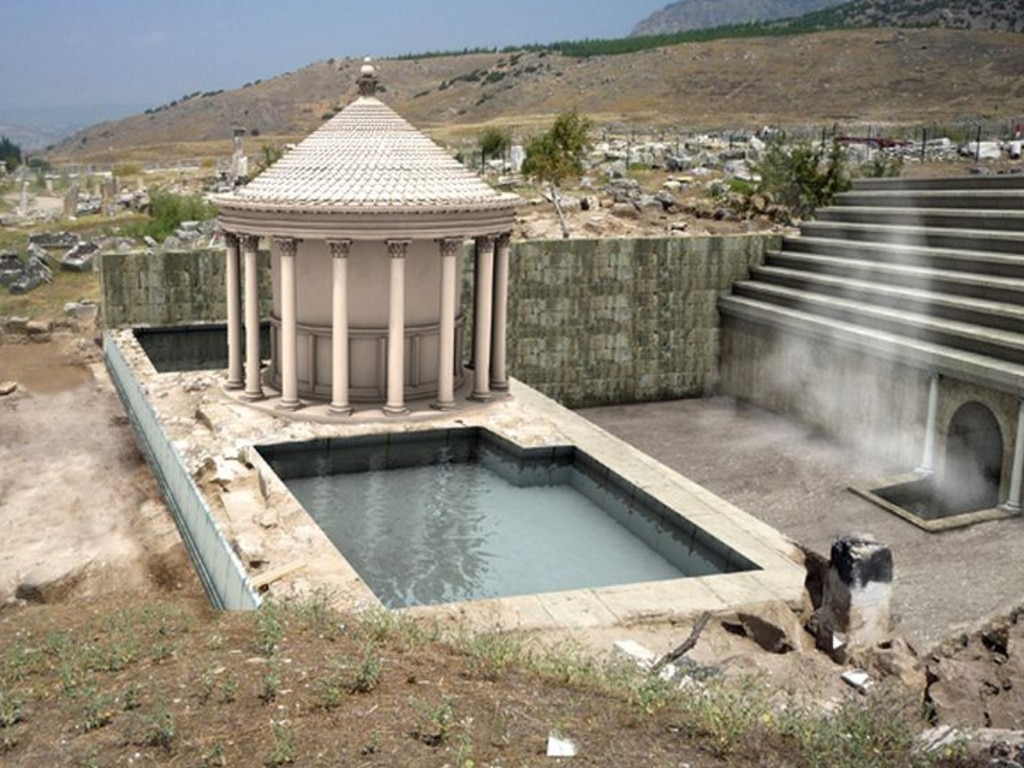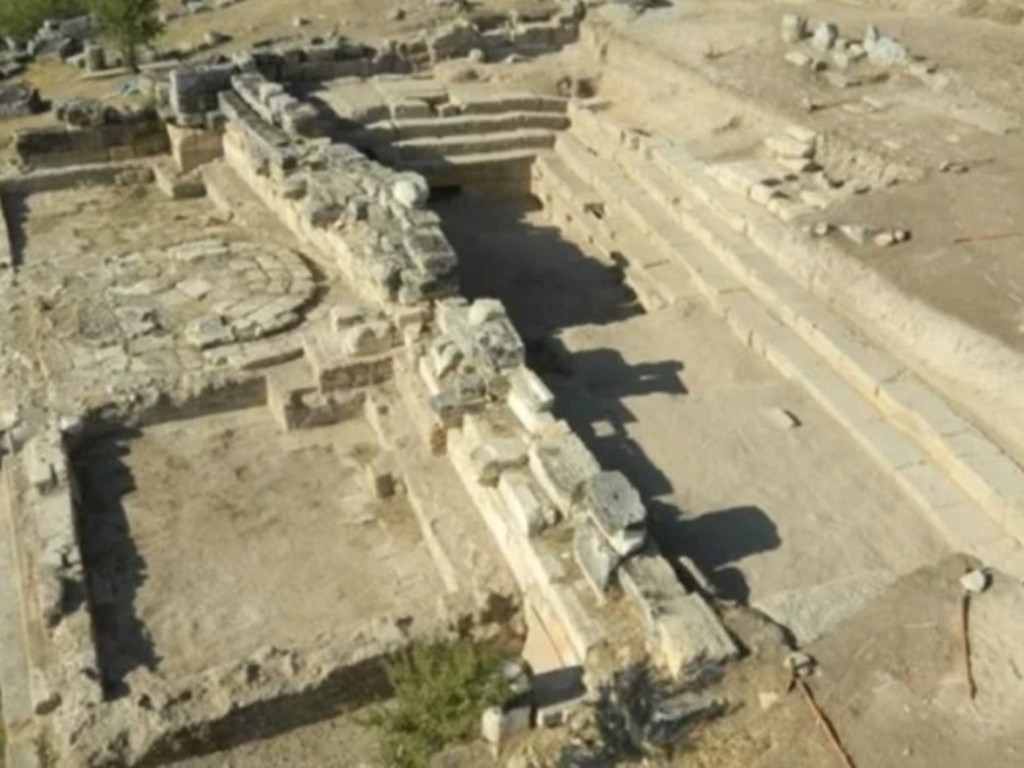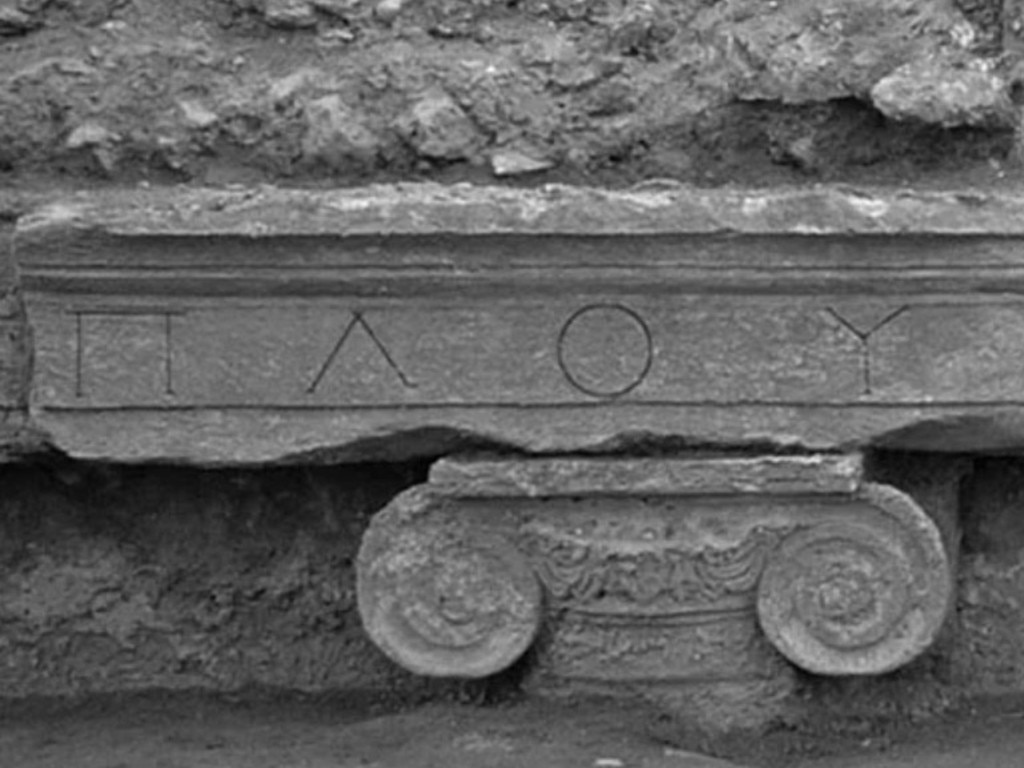Ancient Roman ‘gateway to Hell’ cave still exists today
Scientists are unravelling the mystery behind a deadly cave that the ancient Romans believed was the gateway to hell and could kill animals instantly.
Scientists are unravelling the mystery behind a deadly cave the ancient Romans believed was the gateway to hell.
The gruesome grotto in the city of Hierapolis was said to instantly kill any creature that ventured into it – and experts may finally know how.

Poisonous gases emitted from the cave are believed to have suffocated the animals that were ritually sacrificed there, according to a 2018 study.
Dating back 2200 years, the sacred spot in modern day Turkey was unearthed by archaeologists from the University of Salento a decade ago.
It comprises a stone doorway leading to a cave-like grotto. The doorway is built into one wall of a square arena with raised seating around its edges.
Historical records show the site was used for grim religious ceremonies in which castrated priests led bulls to their deaths.

Crowds would watch as noxious fumes pouring from the gate as a visible mist asphyxiated the otherwise healthy cattle.
The priests who accompanied them, however, would return unharmed – seemingly spared by the Gods they served.
Researchers discovered the cave after spotting that birds flying near its entrance quickly dropped dead, meaning it’s just as lethal today.
In a 2018 paper, a team from University of Duisburg-Essen in Germany blamed the site’s toxic properties on underground volcanic activity.

The gate – named after Plutonium, or Pluto, the god of the underworld – is built directly above a deep fissure running beneath Hierapolis.
That fissure releases vast volumes of CO2. The research team measured the amount of the harmful gas that seeps out of the cave over time.
They found the chemical formed a “lake” that rose 40cm (15.75 inches) above the arena floor.
“In a grotto below the temple of Pluto, CO2 was found to be at deadly concentrations of up to 91 per cent,” scientists wrote in the journal Archaeological and Anthropological Sciences.
“Astonishingly, these vapours are still emitted in concentrations that nowadays kill insects, birds, and mammals.”
The gas is deadliest at dawn after a night of accumulating in the cave, and is dissipated by the sun in the daytime, researchers said.
The concentration was above 50 per cent at the bottom of the lake, rising to 35 per cent at 10cm – which could kill a human.
Above 40cm, however, levels of the gas dropped off dramatically.
Tourists would pay to buy small animals such as birds and sacrifice them at the site by throwing them from the stands, according to the paper.
On feast days, larger creatures would be sacrificed by the priests, who were tall enough to steer clear from the deadly CO2.
“While the bull was standing within the gas lake with its mouth and nostrils at a height between 60 and 90cm, the large, grown priests (galli) always stood upright within the lake caring that their nose and mouth were way above the toxic level of the Hadean breath of death,” the team wrote.
“It is reported that they sometimes used stones to be larger.”
The site was first described by Greek historians Strabo and Plinius as a gateway to the underworld.
“This space is full of a vapour so misty and dense that one can scarcely see the ground,” Strabo (64 BCE – 24 CE) wrote in one text.
“Any animal that passes inside meets instant death. I threw in sparrows and they immediately breathed their last and fell.”
Work at the historic site continues.
This article originally appeared on The Sun and was reproduced with permission



